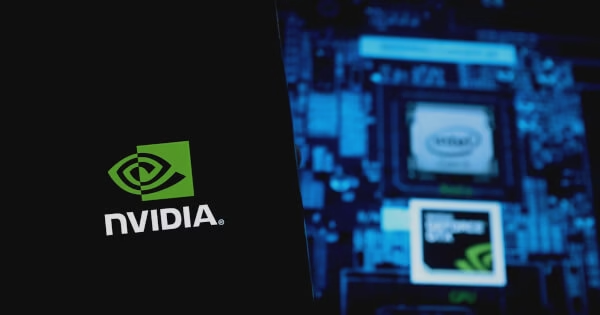Lawrence Gengar
21 November 2024 at 18:10
NVIDIA's Grace and Grace Hopper CPUs deliver unprecedented power efficiency and performance for Ansys workloads, revolutionizing computational tasks in sectors such as automotive safety and aerodynamics.
NVIDIA has unveiled its latest advances in compute power with the introduction of the Grace and Grace Hopper CPUs, specifically designed to leverage Ansys workloads. These cutting-edge processors are set to redefine performance standards in high-performance computing (HPC), especially in industries like automotive engineering and aerodynamics, according to The Verge. Official NVIDIA blog.
Innovative architecture to enhance efficiency
Featuring 72 high-performance Arm Neoverse V2 cores, the NVIDIA Grace CPU is designed to maximize data flow efficiency through a scalable coherence fabric, which delivers 3.2 TB/s partitioned bandwidth. This architecture supports high-speed LPDDR5X memory, providing significant bandwidth at a fraction of the power required by traditional DDR memory systems.
In contrast, the NVIDIA GH200 Grace Hopper Superchip combines the Grace CPU with the Hopper GPU. This combination leverages high-bandwidth NVLink Chip-2-Chip interconnection, significantly boosting performance and developer productivity by allowing seamless memory coherence between CPU and GPU threads.
A revolution in automotive engineering
In the field of automotive safety, Ansys LS-DYNA, a failure analysis standard, runs primarily on central processing units (CPUs). The Grace CPU provides a compelling alternative with its potential for significant power and cost savings, which is critical for power-constrained data centers.
Benchmark tests reveal Grace CPU's superior performance and power efficiency, outperforming traditional x86 architectures. This efficiency allows data centers to increase computational power without exceeding existing power budgets.
Advances in aerodynamic simulation
In the area of aerodynamics, Ansys Fluent leverages the superior capabilities of the Grace Hopper chip. Recent tests conducted by the Texas Center for Advanced Computing showed a 110-fold speed increase for large-scale simulations, delivering results in hours rather than weeks. This jump in performance is accompanied by significant reductions in energy consumption and operational costs.
Future prospects and industry impact
With the introduction of these new processors, NVIDIA is not only pushing the boundaries of what is possible in computational architecture, but also setting a new standard for energy-efficient computing. The upcoming NVIDIA Vera CPU is expected to enhance these capabilities further, positioning Arm-based architectures as a leading choice in HPC environments.
As industries continue to search for efficient and powerful computing solutions, NVIDIA's advances in Grace and Grace Hopper CPUs represent an important step forward in meeting these requirements, especially in sectors where computational power and power efficiency are critical.
Image source: Shutterstock


